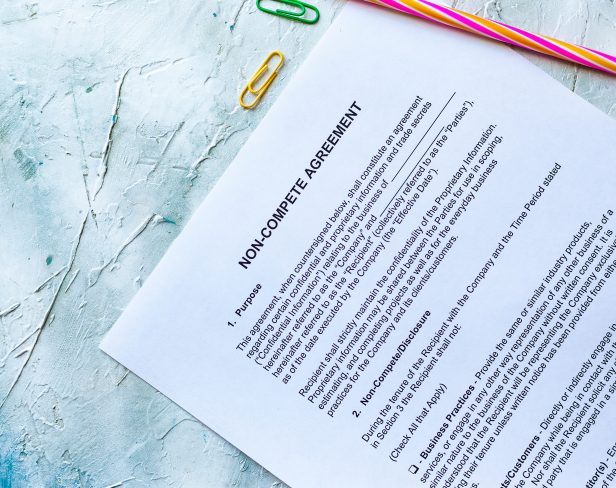The High Court of Australia has, in a landmark decision, rejected the expansion of vicarious liability beyond employment relationships.
Factual Background
In 2020, DP, the plaintiff brought proceedings against the Catholic Diocese of Ballarat, claiming damages for the psychological harm which, he alleged, flowed from the sexual assaults he suffered from Father Bryan Coffey, an assistant priest within the diocese.
DP alleged that, as a child, he was sexually assaulted by Coffey on two occasions in his family home in 1971. DP argued that the Diocese was vicariously liable for Coffey’s conduct and was directly negligent for failing to take reasonable care in its authority, supervision, control and conduct over Coffey.
First Instance and Court of Appeal
The Supreme Court of Victoria rejected the argument that the Diocese was directly negligent, because the abuse was not foreseeable. The Court did not accept that the Diocese knew, or ought to have known, that that Coffey might assault a parishioner in, or prior to, 1971.
However, the Court accepted that the Diocese was vicariously liable for the assaults, because although Coffey was not employed by the Diocese, (he was an office holder), it was relevant to consider the ‘totality’ of the relationship (the level of power, control and authority) and whether this should give rise to vicarious liability.
The trial judge found that the totality of the relationship between the Diocese and Coffey, and the relationship with his parishioners, was such that vicarious liability followed. Put another way, the Court found that the Diocese was vicariously liable because its relationship with Coffey was ‘akin to employment’.
The Victorian Court of Appeal generally agreed with the trial judge, and dismissed the Diocese’s appeal.
High Court
The majority of the High Court rejected the concept of considering the “total relationship” and overturned the decisions of the two lower courts, making it clear that vicarious liability, as it exists in Australia, applies only to relationships of employment.
The Court was at pains to make it clear that vicarious liability in Australia has, until now, been confused and conflated with two other legal concepts: the law that principals can be liable for agents when agents act with their direct (or implied) authorisation, and the personal (or non-delegable) duty that some institutions owe others, such as the non-delegable duty that courts have recognised between schools and their students in direct negligence.
The majority found that vicarious liability, properly understood, is concerned only with the attribution of liability, not the attribution of an act or fault by a wrongdoer. The foundation, and pre-requisite, of that liability, is the existence of an employment relationship.
The Court refused to consider DP’s argument that the Diocese owed him a non-delegable duty of care, (a duty to ensure that reasonable care is undertaken), as those matters had not been raised in either of the two courts below. The court stated that this is a direct duty not arising from vicarious liability.
Take-home Message
The High Court of Australia has firmly restricted vicarious liability to the employee/employer relationship. This makes the position in Australia clear that vicarious liability does not exist for:
- Volunteers;
- Contractors;
- Foster parents; or
- Any other relationship not strictly meeting the definition of an employee/employer relationship which may include peer on peer abuse.
However, the issue of the extent of a non-delegable duty is still uncertain in its application to other non-employees.
If you have any further questions as to how this landmark decision could affect your potential liability, our team would be pleased to assist.



